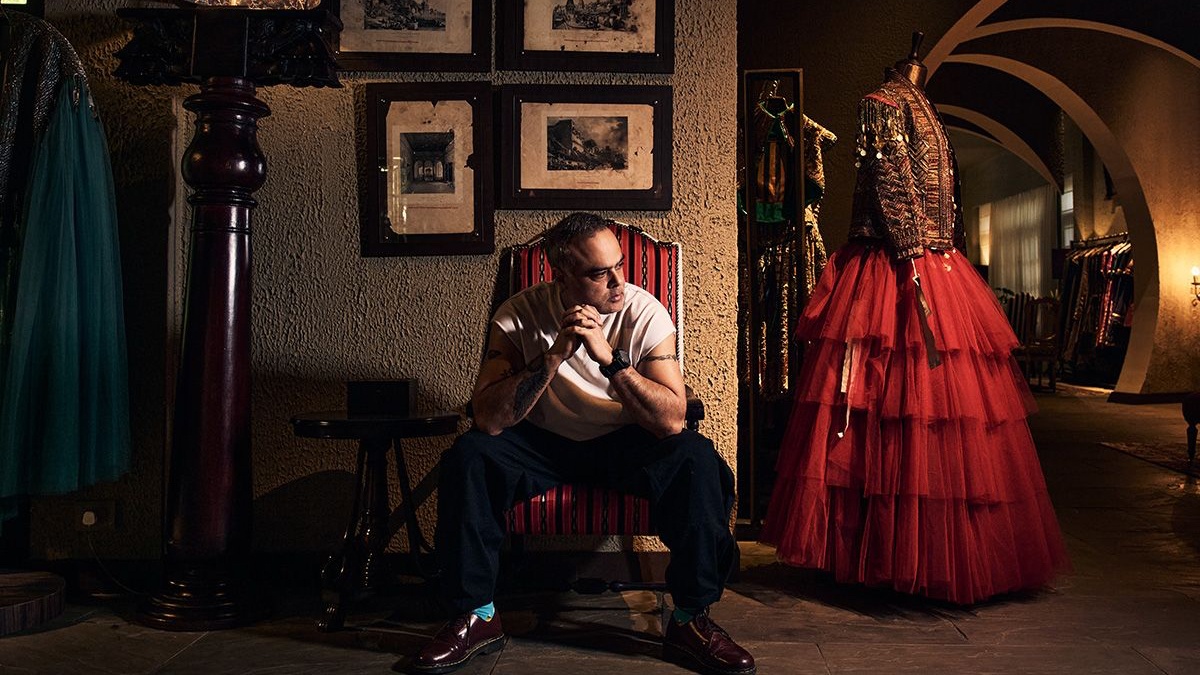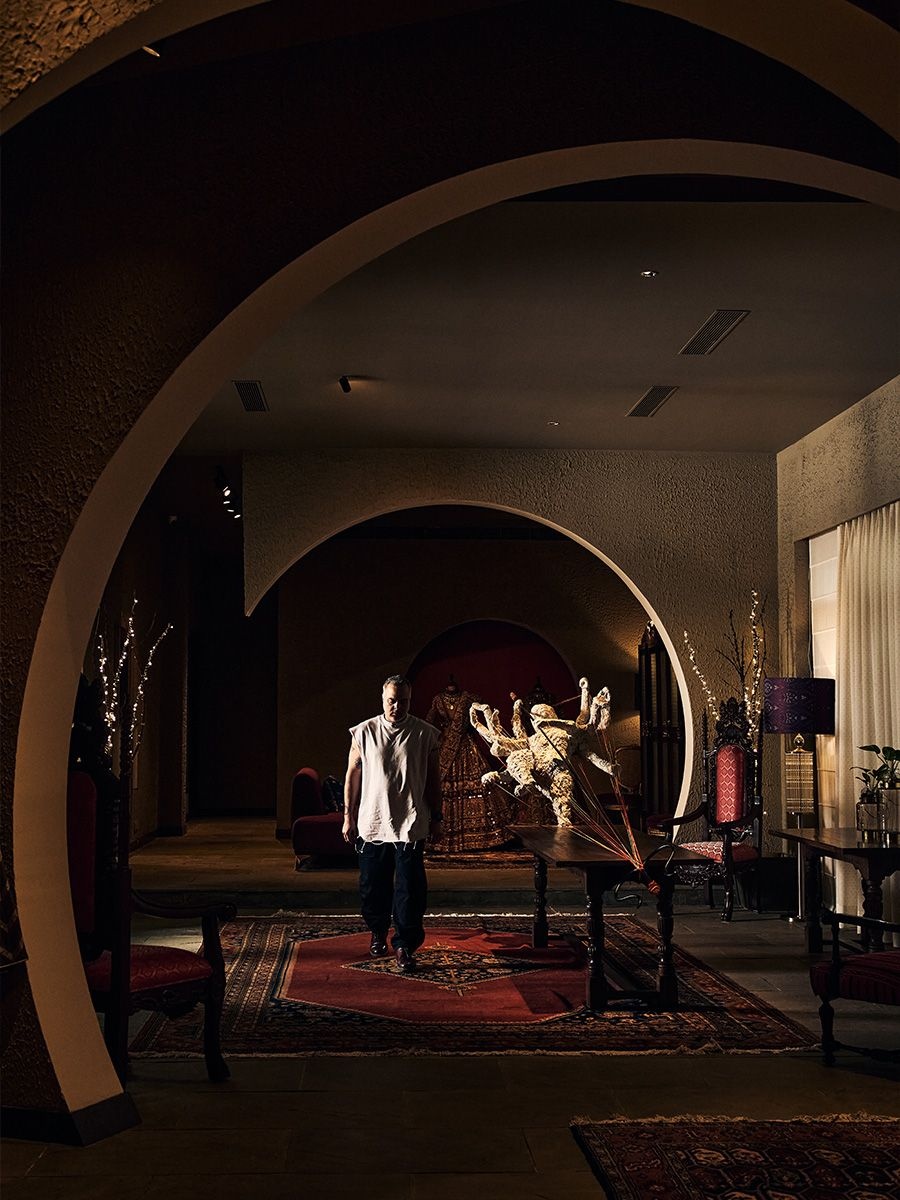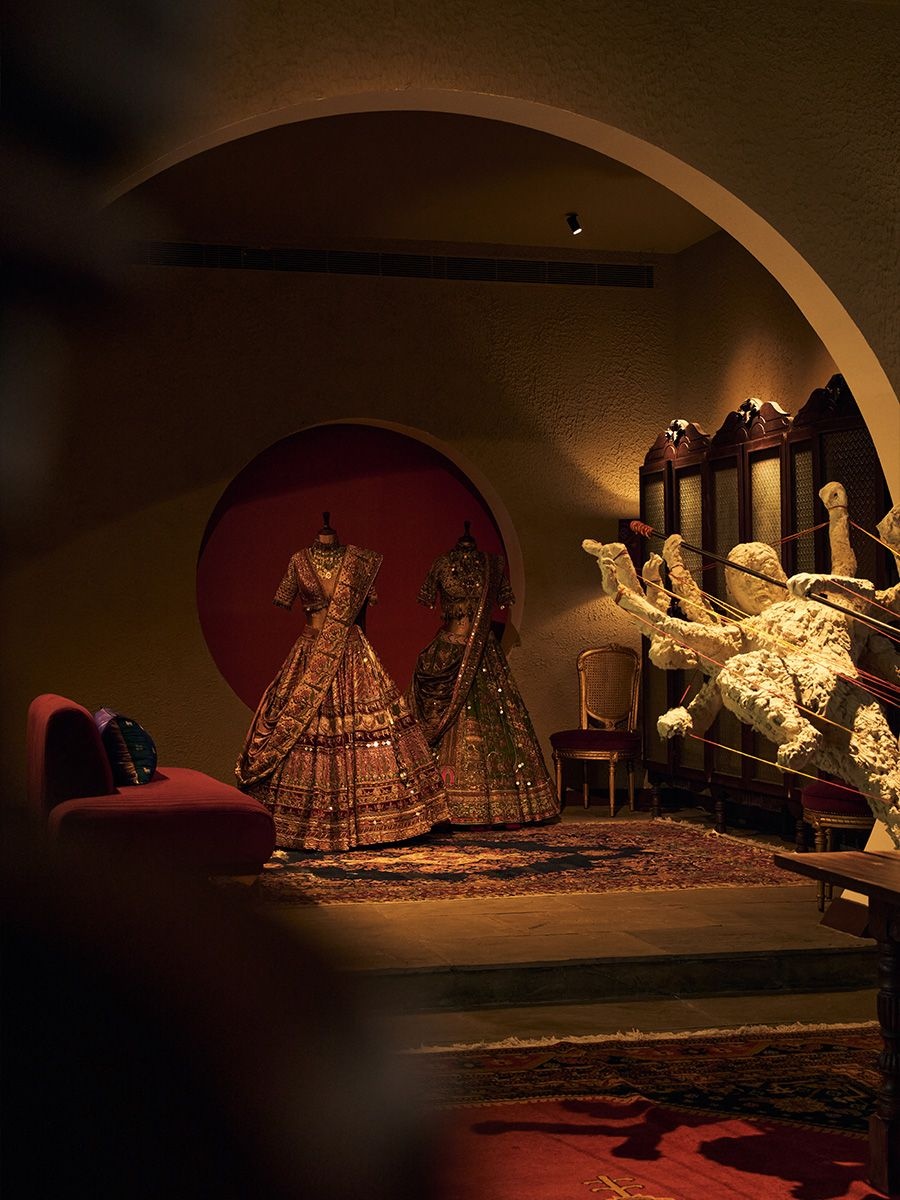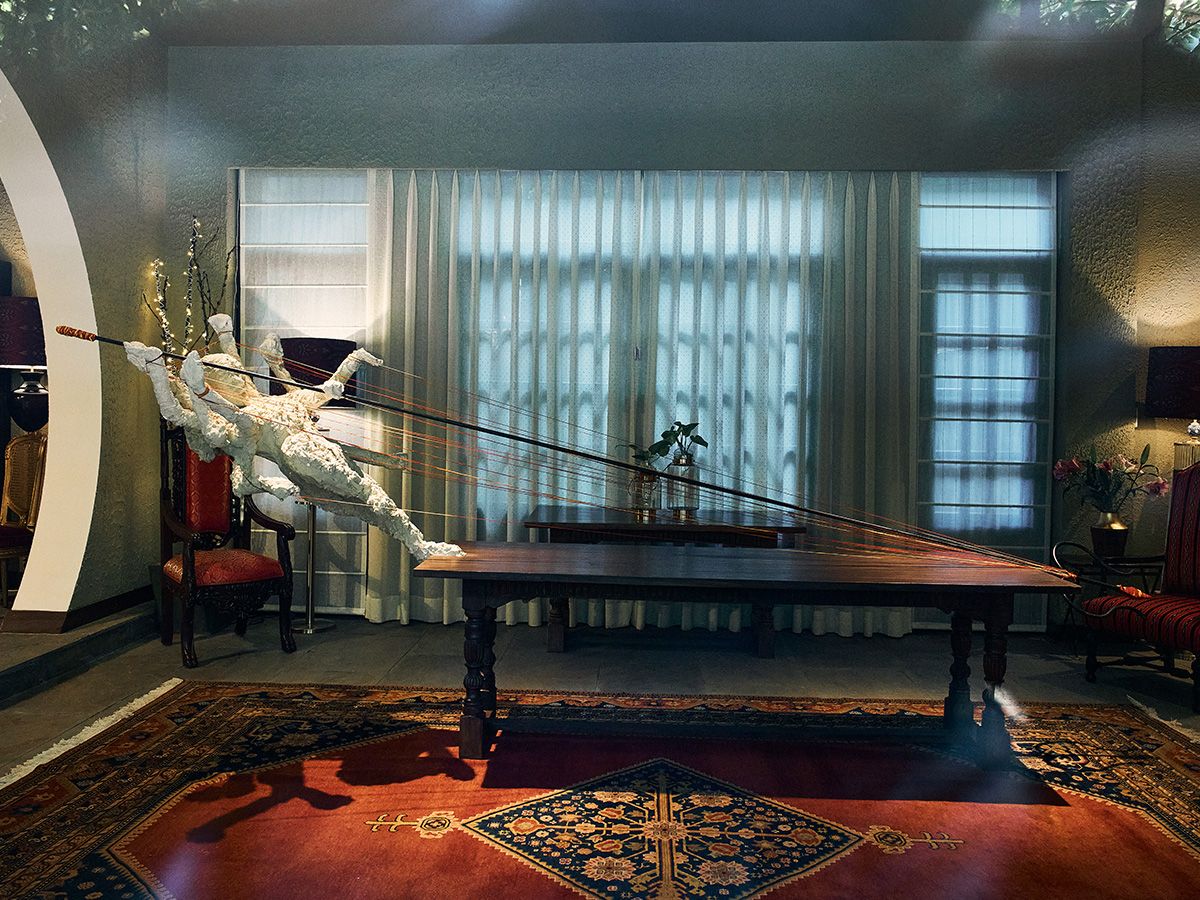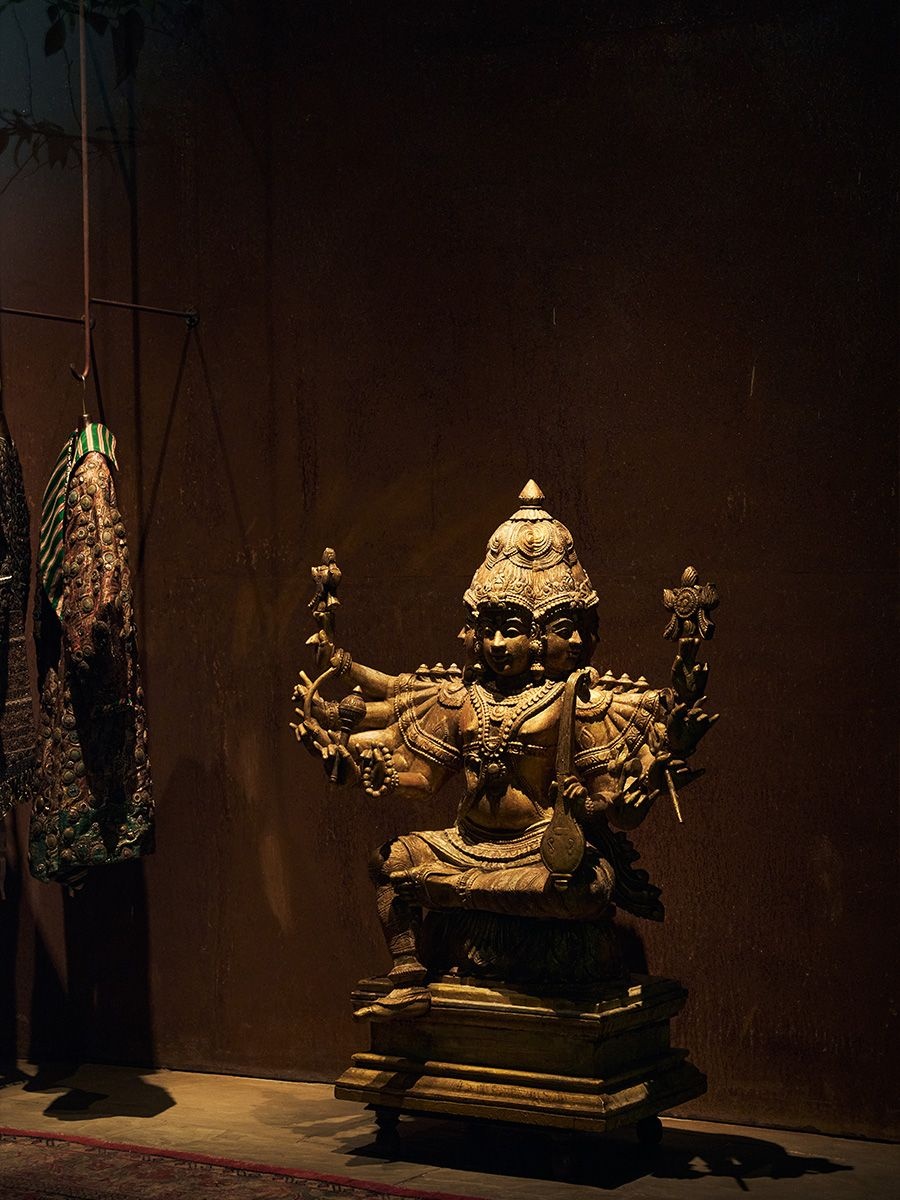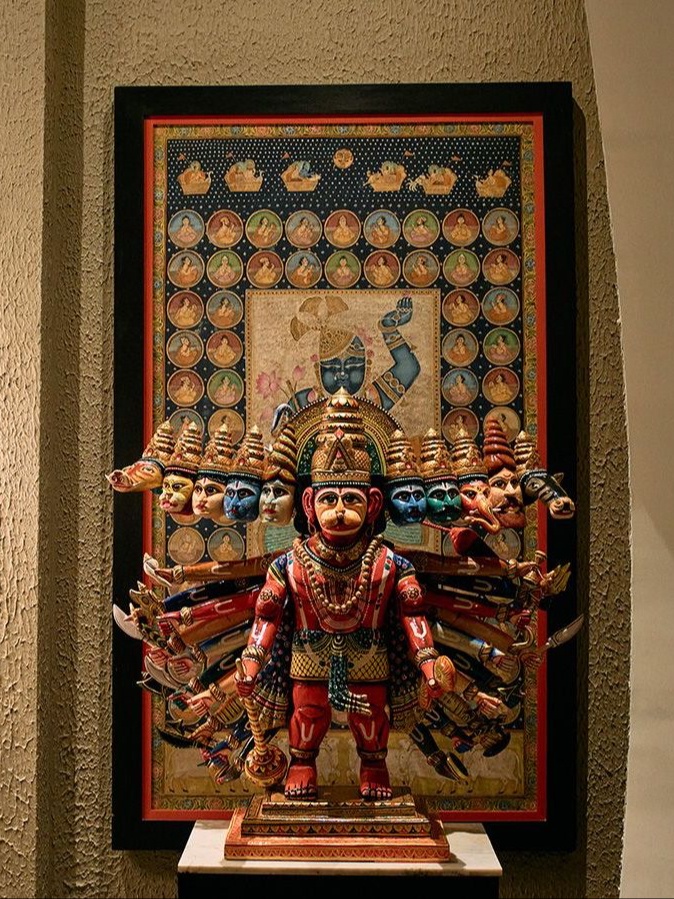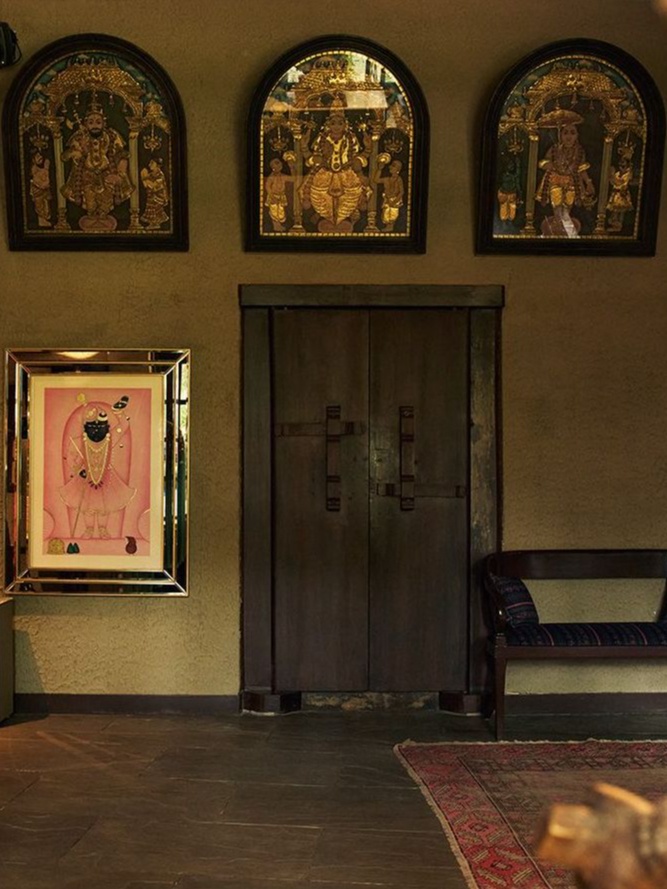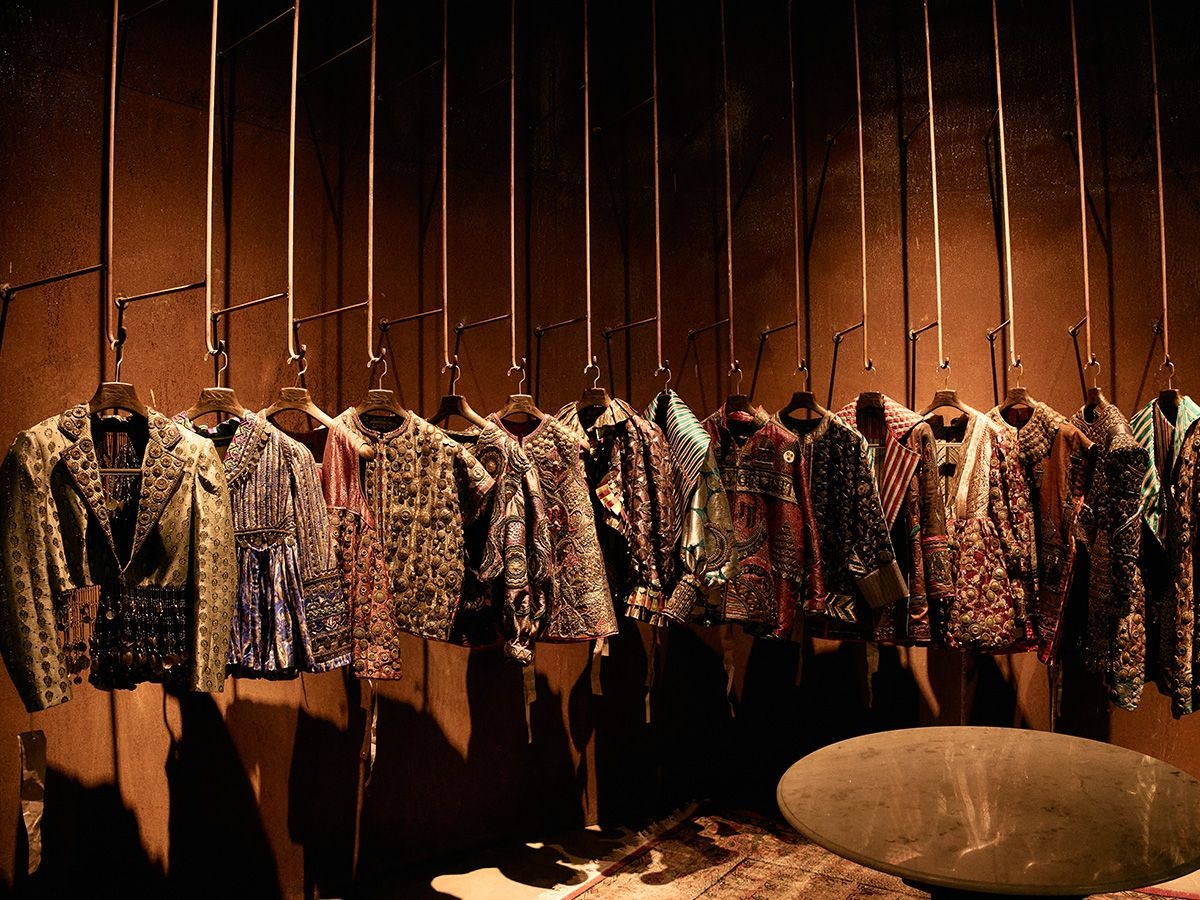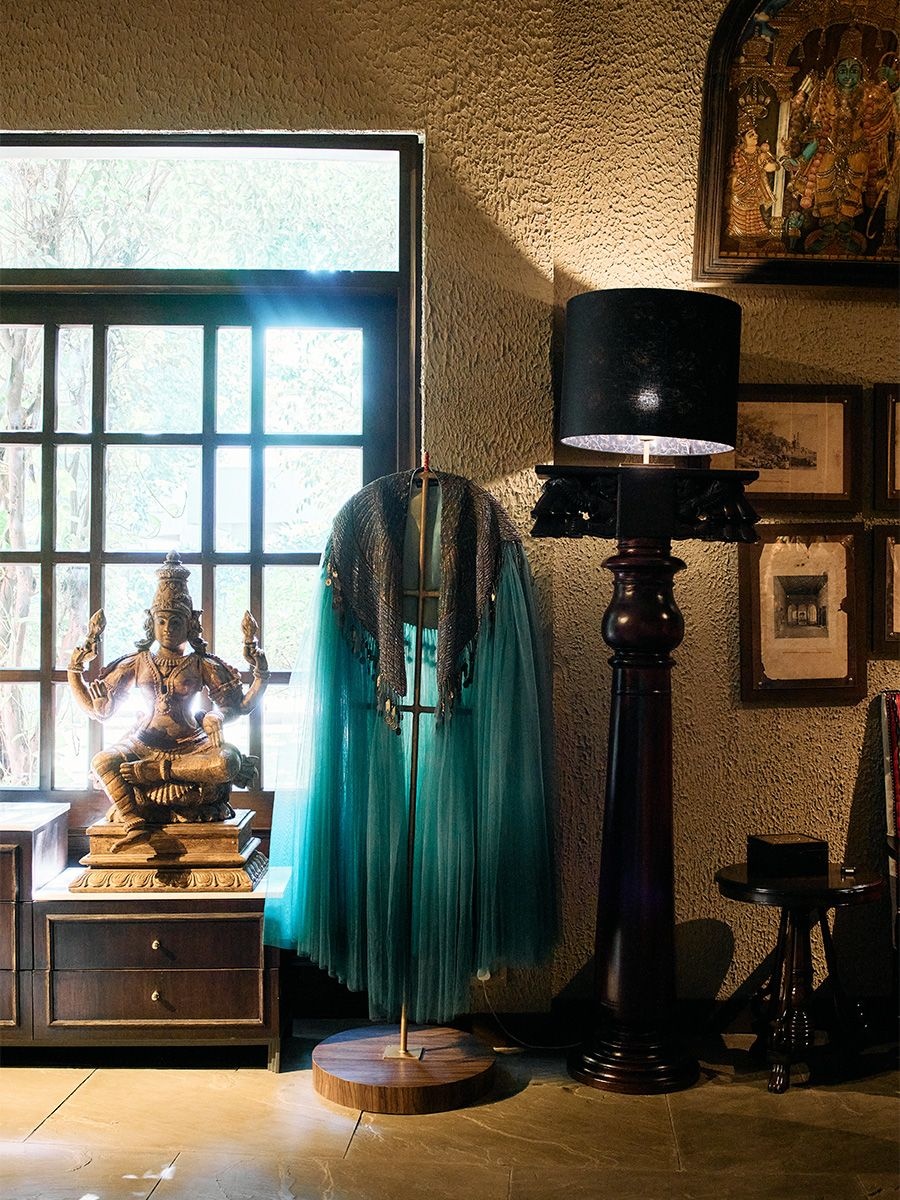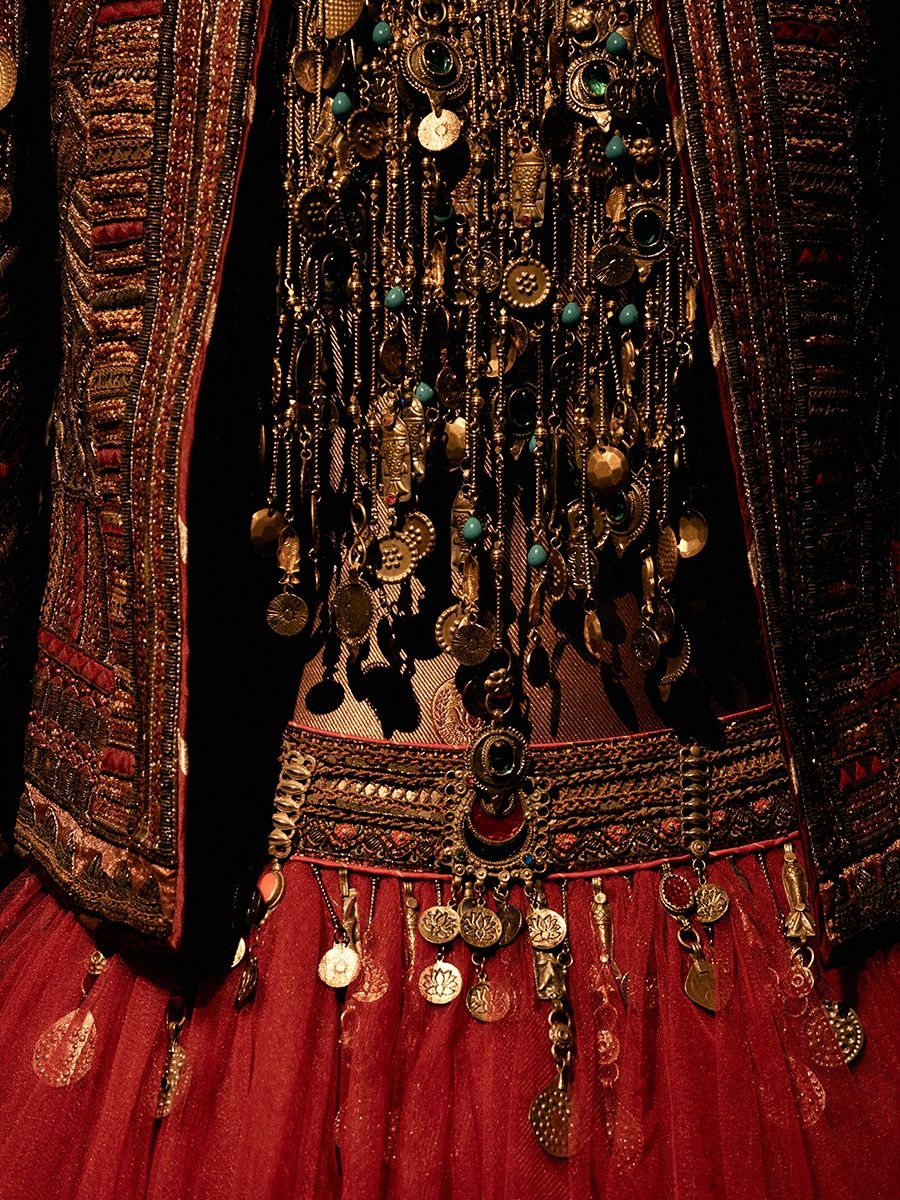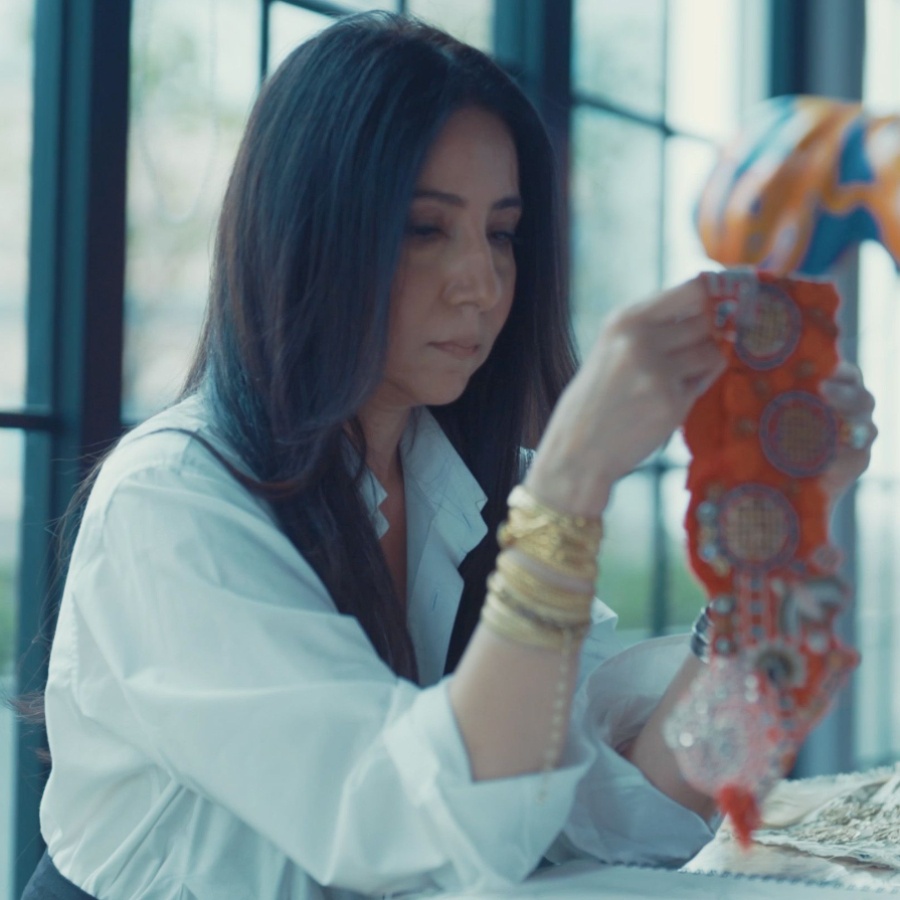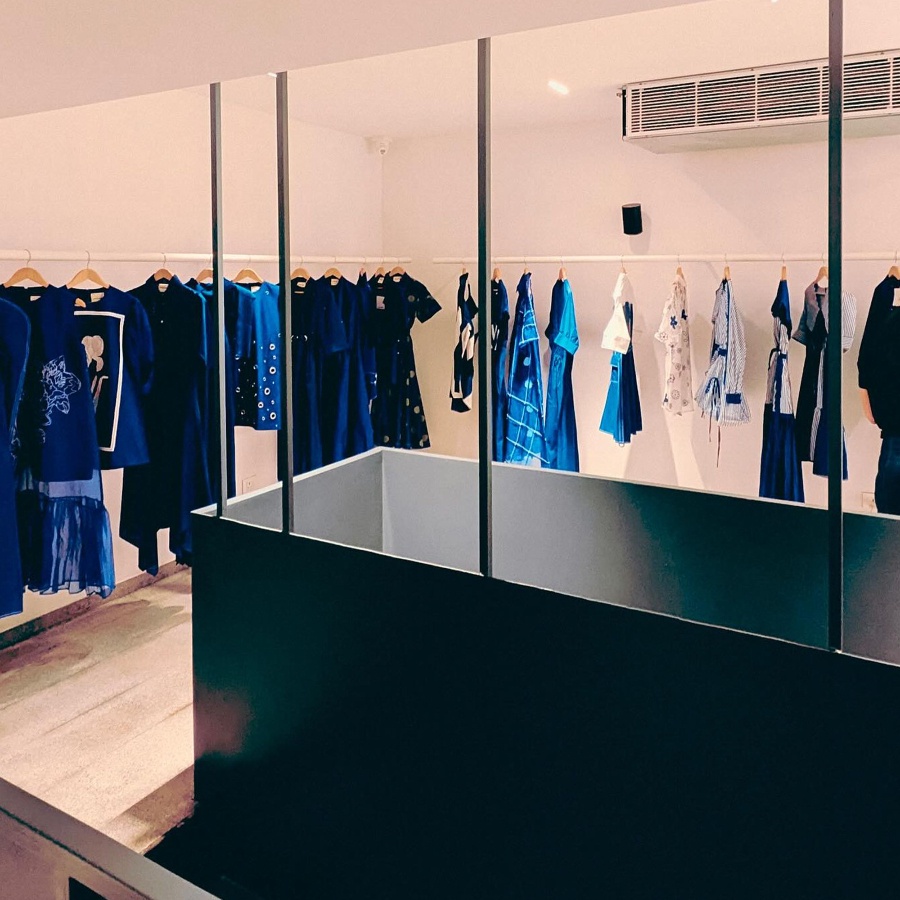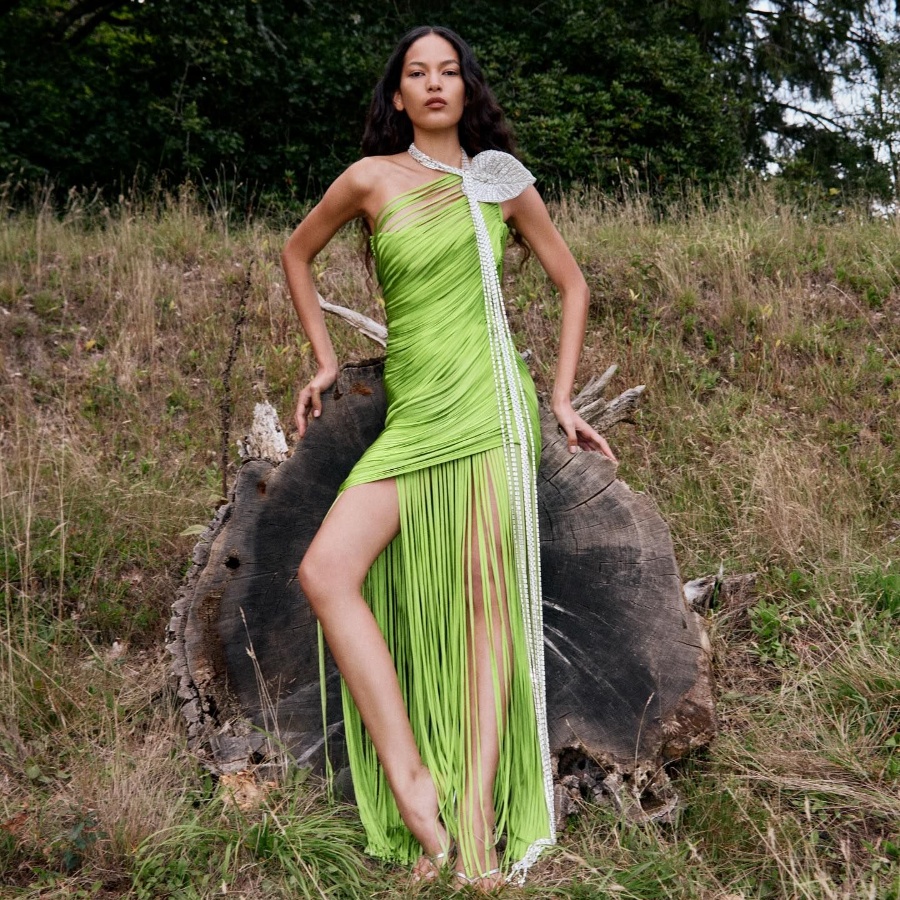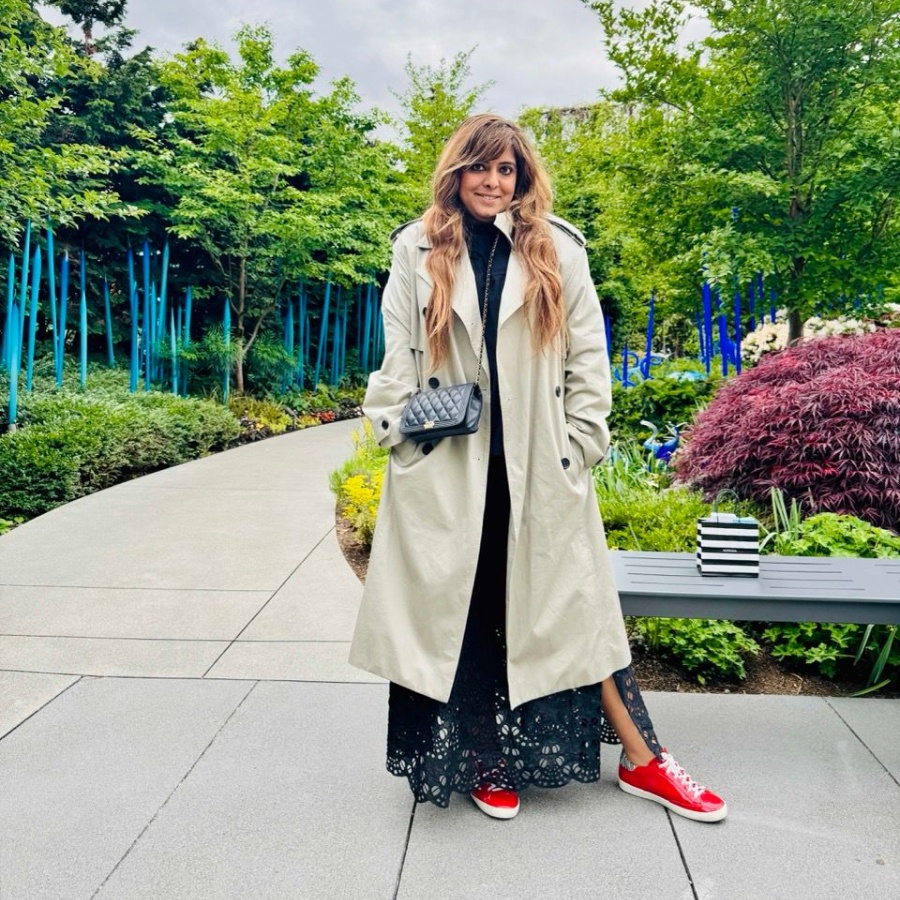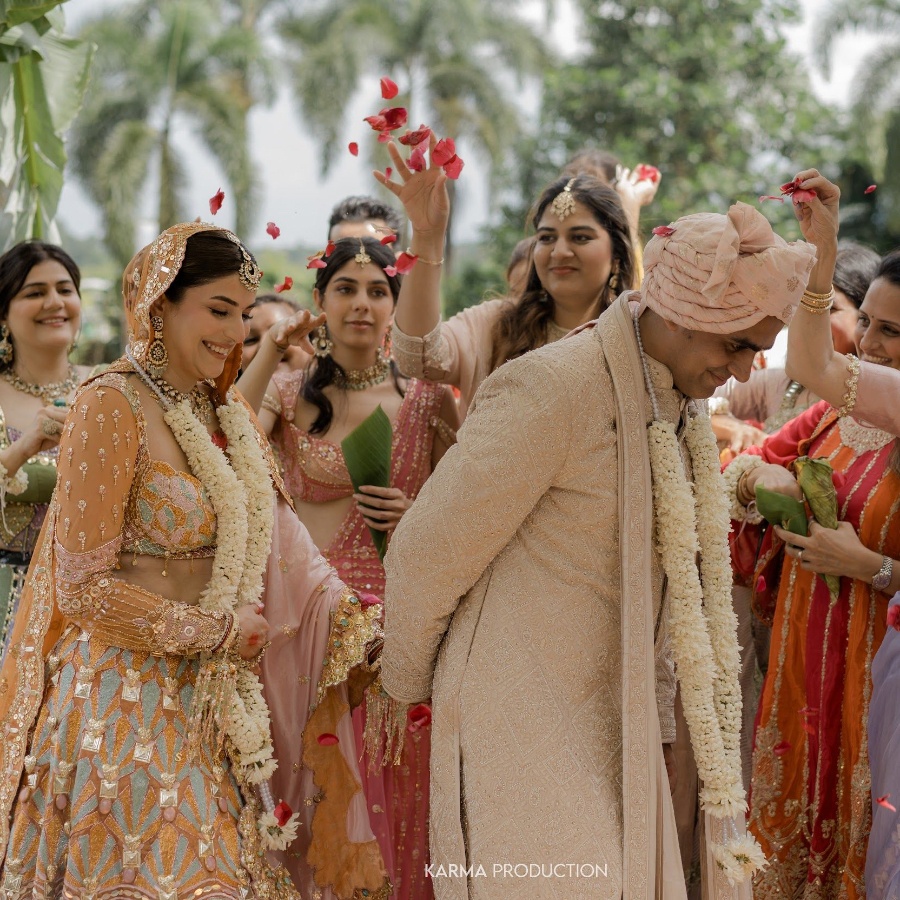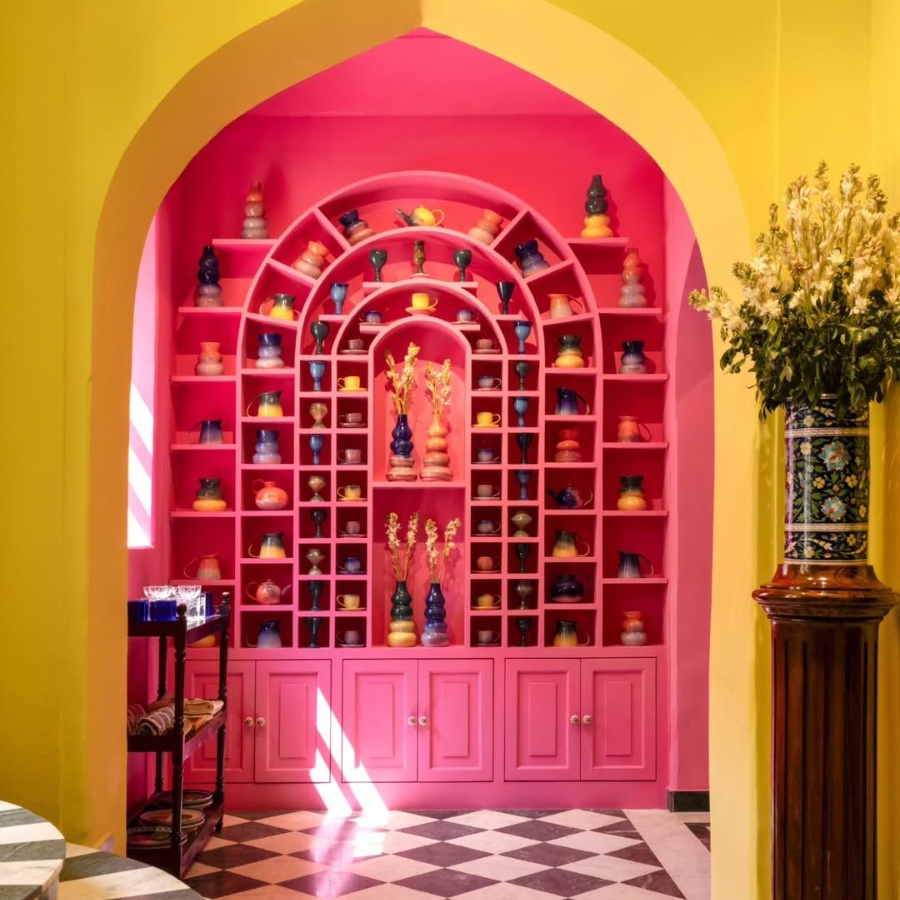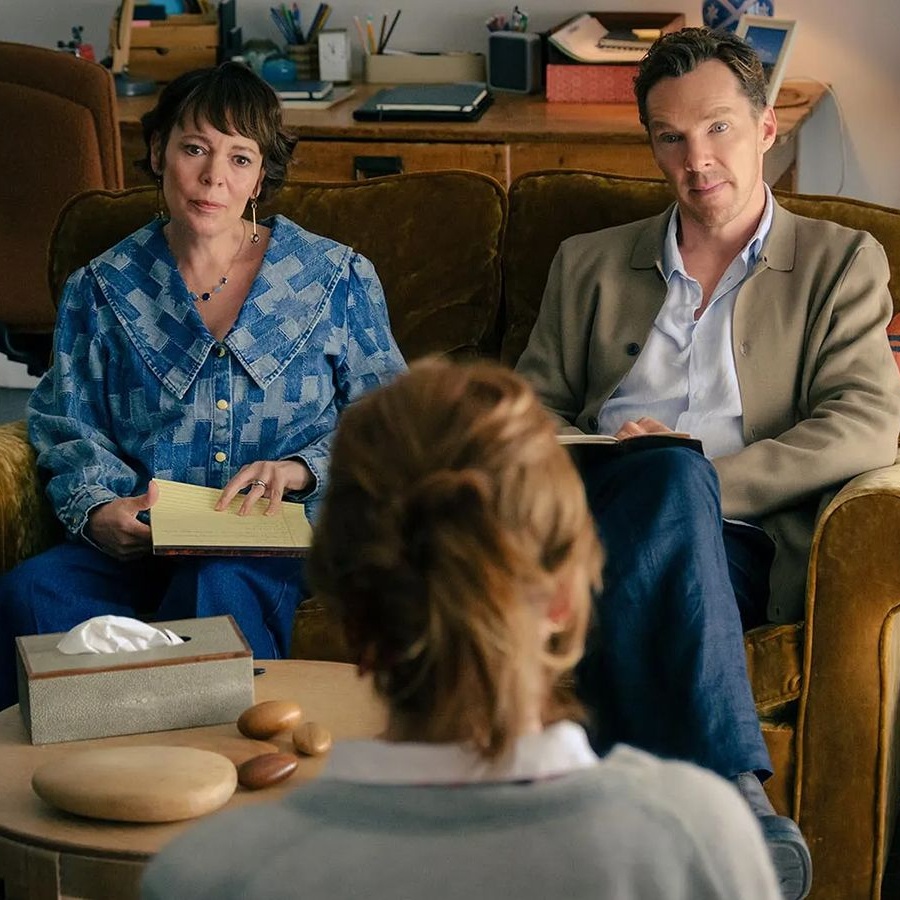Something about the Delhi Vintage Co boutique in New Delhi’s Lado Sarai feels out of time. As the home and resting place of a bold, bohemian fashion staple, you half expect it. Decorated with God figures and mythical iconography, the space feels like the abode of a divinity, one who prefers to be worshipped with offerings of rich silk and zari-embroidered fabrics.
As I make my way in, a five-headed Shiva sculpture stands guard at the entrance. On closer inspection I find it’s half Shiva and half Shakti, the Ardhanarishvara Shiva that symbolises duality. Further in, I’m transfixed by a painting of the Lanka Dahan, which I later learn was commissioned to an artist from Varanasi. It’s a Caravaggio-like scene, all shadow and light, that depicts Hanuman setting Lanka on fire.
Every corner in this expansive space tells a story. The walls are muted and textured, but somehow they serve to offset Delhi Vintage Co’s exuberant, consciousness-altering designs as well as its collection of antiques and art, most of it either sourced over the years or commissioned by Manish Chhabra, the brand’s founder and designer.
I’m at the store to meet Chhabra, a rare thing since he prefers not to give interviews. He’s just finished attending to a client fitting and I see him in a white shirt from Dark Wave Community, a small concept store in Singapore, paired with slouchy black trousers from Shanghai-based designer Ziggy Chen. Minimal and bordering on grungy, his personal style is a stark contrast to the opulent, occasion-worthy creations he designs.
